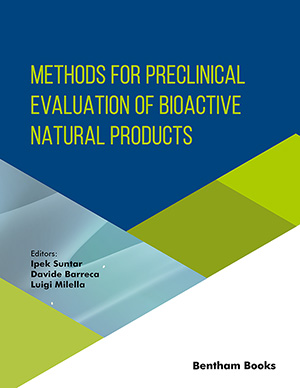Abstract
Here we review the contribution of the various subtypes of voltage-activated calcium channels (VACCs) to the regulation of catecholamine release from chromaffin cells (CCs) at early life. Patch-clamp recording of inward currents through VACCs has revealed the expression of highthreshold VACCs (high-VACCs) of the L, N, and PQ subtypes in rat embryo CCs and ovine embryo CCs. Low-threshold VACC (low-VACC) currents (T-type) have also been recorded in rat embryo CCs and rat neonatal slices of adrenal medullae. Near full blockade by nifedipine and nimodipine of the K+-elicited secretion as well as the hypoxia induced secretion (HIS) supports the dominant role of L-VACC subtypes to the regulation of exocytosis at early life. Partial blockade by ω-conotoxin GVIA and ω-agatoxin IVA suggests a transient participation of N and PQ high-VACCs to the regulation of the HIS response at early stages of CC exposure to hypoxia. T-type low-VACC current did not elicit exocytosis triggered by electrical depolarising pulses applied to rat embryo CCs in one study, but largely contributed to the HIS response in neonatal rat adrenal slices in another. In spite of scarce available data, the sequence of events driving the HIS response in CCs at early life could be established as follows: (i) hypoxia blocks one or more K+ channels; (ii) as a consequence, mild membrane depolarisation occurs; (iii) T-type low-VACCs open at membrane potentials more hyperpolarised than those required to recruit the high-VACCs; (iv) firing of action potentials then occurs; (v) fast-inactivating N and PQ high-VACCs transiently open and low-inactivating L high-VACCs remain open along the hypoxia stimulus; (vi) increase of cytosolic Ca2+ takes place; and (vii) the exocytotic release of catecholamine occurs in two phases, an explosive initial phase, driven by Ca2+ entry through L, N and PQ channels, followed by a more sustained catecholamine release at a slower rate driven by L-type channels.
Keywords: Catecholamine release, embryo chromaffin cells, exocytosis, fusion pore at embryonic life, hypoxia, voltageactivated calcium channels.






























